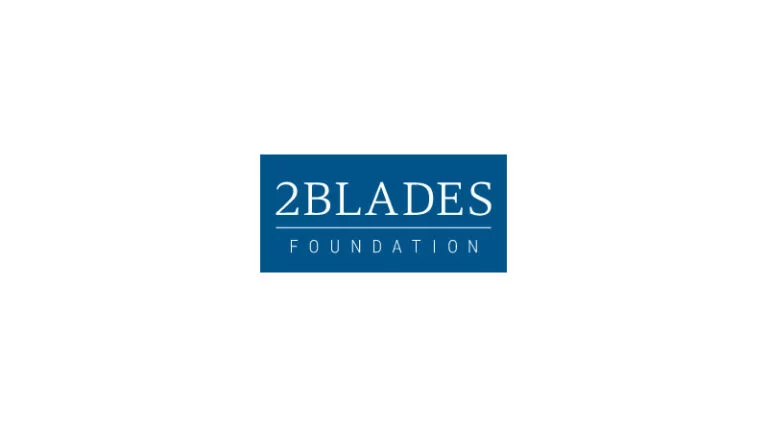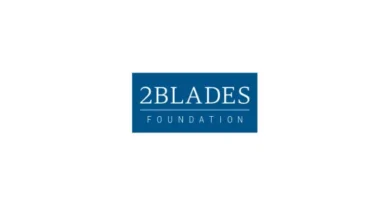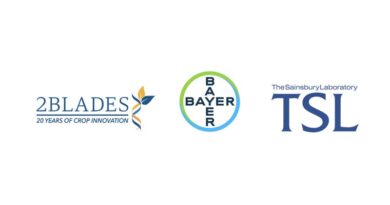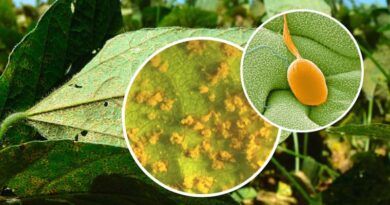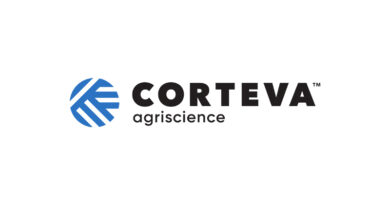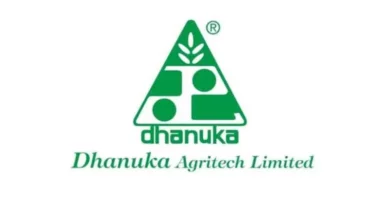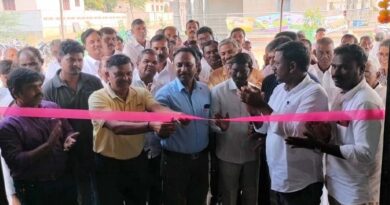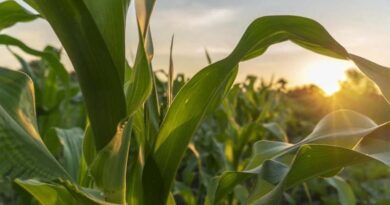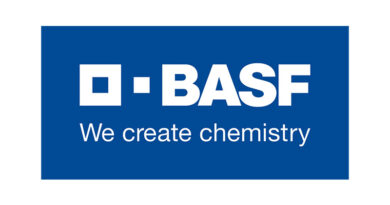2Blades Launches Program to Tackle Asian Soybean Rust for African Growers
2Blades has initiated a focused effort to develop Asian Soybean Rust (ASR) resistance to protect soy crops in Africa. The strategy and partnerships were honed during recent meetings held in Kenya and Zimbabwe. The new initiative implements resources and expertise developed for commercial soy production in North and South America and seeks to ensure that this progress can benefit growers in Sub-Saharan Africa.
04 August 2023, Africa: “Our new African ASR initiative exemplifies the principles of 2Blades’ mission. We advance innovations in plant science for both large- and small-scale agriculture, capturing value in commercial markets and using synergies to deliver benefits in developing markets,” stated Diana Horvath, Co-Founder and President of 2Blades.
Soybean is an important crop for Africa due to its high oil and protein content, ability to build soil nitrogen, and strong income potential. Globally, growth in demand for soy is highest in Africa, yet production there is only about 1% of total global soybean production. Demand is met by imports, contributing to a food import bill for Africa projected to reach $90 billion by 2030.
As Kenya and many other African countries seek to bolster domestic soy production and reduce dependence on imports, a daunting threat has emerged: Asian Soybean Rust. Tony Gathungu, Global Head of Seeds2B at the Syngenta Foundation for Sustainable Agriculture (SFSA), believes improved seed varieties are key for the burgeoning soy industry. “As the demand for soy in Africa grows, so does the need for increasing the availability of improved varieties that are high yielding, disease and pest resistant, and that support farmer resilience in the face of ongoing climate change,” Gathungu commented. “With increased soy production, there is the real threat of increased ASR prevalence in farmer fields that could significantly impact yields and smallholder farmers’ livelihoods.”
Asian soybean rust is a fast-moving, highly-destructive disease caused by the airborne fungus Phakopsora pachyrhizi. ASR is the most significant disease across the large soy production areas of Brazil, where it causes rapid outbreaks and yield losses of up to 80% within just 3 weeks of initial infection. Brazilian growers rely on fungicides to combat ASR but the cost of this control measure is too expensive for many growers in Africa, who are mostly small-holder farmers. Moreover, P. pachyrhizi is rapidly adapting and building tolerance to existing fungicides, and the available genetic resistance in soy is being overcome by the pathogen. ASR is present in most African soybean-growing regions today, putting the economic potential of soy production in Africa at risk.
Over the last sixteen years, 2Blades has gained a deep understanding of P. pachyrhizi and found many new sources of disease resistance in soy relatives. The new initiative will make use of these significant resources and expertise to advance effective, durable ASR resistance for African growers in high-performing regional varieties.
“We are happy to support 2Blades’ initiative in testing their technology as part of our ongoing Seeds2B variety commercialization approach to increase the availability of improved seed varieties of marginalized crops such as soy in Africa,” remarked Gathungu.
“In addition to the Syngenta Foundation for Sustainable Agriculture, our initiative complements and builds on the work of several organizations contributing to African soybean production and regional food and feed production, including the International Institute of Tropical Agriculture, the Kenyan Agriculture and Livestock Research Organization, the International Livestock Research Institute, the Soybean Innovation Lab, and Seed Co, with whom we have developed relationships over the years,” said Horvath. “We look forward to building effective partnerships to help achieve a resilient soy industry across Sub-Saharan Africa.”
Also Read: The rise of India’s population and the rise of the technologies to feed it
(For Latest Agriculture News & Updates, follow Krishak Jagat on Google News)

